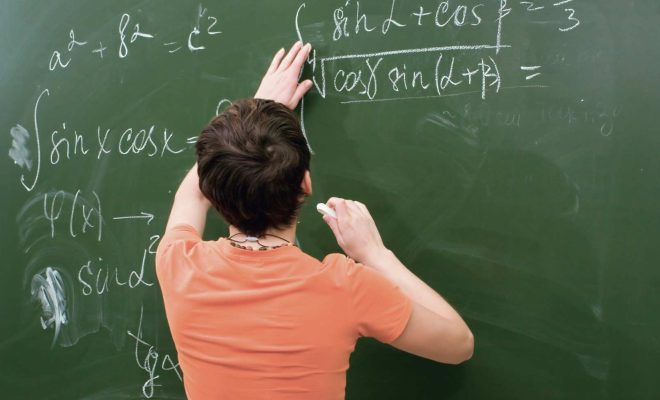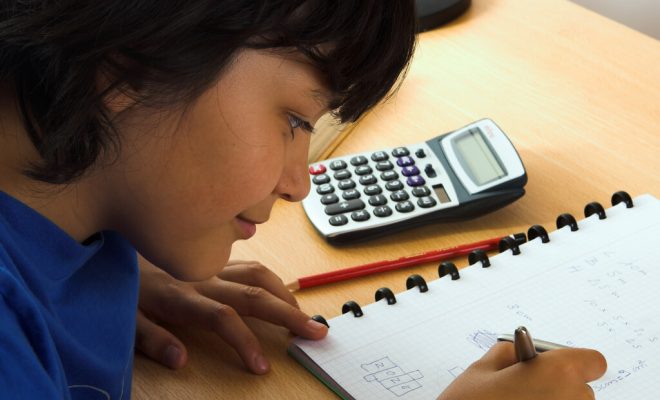Activities to Teach Students to Identify Linear and Nonlinear Functions: Tables

Linear and nonlinear functions are the building blocks of algebra. They are essential to the understanding of graphs, equations, and the principles that govern the study of mathematics beyond the middle school level. In this article, we will explore activities that students can undertake to identify linear and nonlinear functions, specifically using tables.
1. Introducing the concepts of linear and nonlinear functions
Before diving into the activities, students need to have a clear understanding of what constitutes a linear or nonlinear function. There are several ways to introduce the concept of functions to students, but one common approach is to use a table of values. Explain to the students that a function is a rule that assigns a unique output to each input.
Use a table to demonstrate a linear function and a nonlinear function using numerical values. For example, the table below shows a linear and nonlinear function.
| Input | Output (Linear) | Output (Nonlinear) |
| —– | ————– | —————— |
| 1 | 3 | 2 |
| 2 | 6 | 6 |
| 3 | 9 | 12 |
| 4 | 12 | 20 |
Explain to the students that they need to look for a pattern in the output values. In a linear function, the output values increase or decrease at a constant rate. In a nonlinear function, the output values do not change at a constant rate.
2. Matching tables with graphs
Once students have a basic understanding of linear and nonlinear functions, they can move on to identifying them on a graph. Provide students with a set of tables and graphs and ask them to match them.
For example, provide students with a table and a graph and ask them to determine whether the function is linear or nonlinear. They can then match the table with the corresponding graph. Students can also create their own graphs from a set of data or equations.
3. Analyzing word problems
Word problems are an excellent way to introduce real-life situations to students, and they are also a way to assess their understanding of linear and nonlinear functions. Provide students with word problems and ask them to create a table of values to identify whether the function is linear or nonlinear.
For example, a word problem might ask students to calculate the cost of a tutoring service. The cost might be based on an hourly rate, such as $50 per hour, or it might involve a fixed fee, such as a registration fee of $100 plus $25 per hour of tutoring. Students can create a table of values to determine whether the function is linear or nonlinear.
4. Extending patterns
Extend a pattern using a table of values to help students understand the behavior of linear and nonlinear functions. For example, provide students with a table showing a set of values, and ask them to fill in the missing values. Students can then identify whether the function is linear or nonlinear based on the pattern.
5. Collaborative projects
Finally, students can work together on collaborative projects to deepen their understanding of linear and nonlinear functions. In groups, students can create their own word problems, graphs, and tables. They can then swap their work with another group and identify whether the function is linear or nonlinear.
In conclusion, identifying linear and nonlinear functions using tables is an essential building block in the study of mathematics. Students can use a combination of activities to deepen their understanding of these concepts, including working collaboratively on projects, matching tables with graphs, analyzing word problems, and extending patterns.






